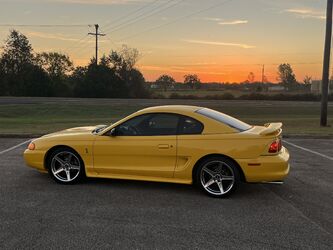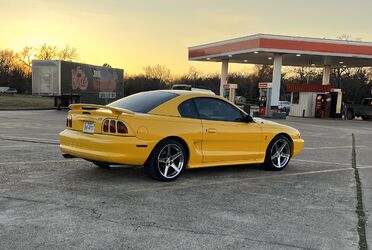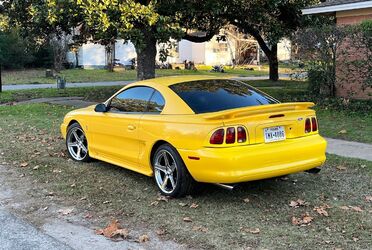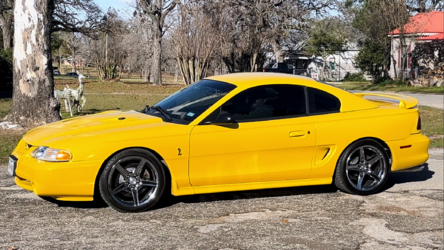By Bob Bondurant (5/5/2001)
This past week here in Arizona, a tragic fatal highway accident occurred on Interstate 10, not far from The Bondurant School. It was caused by a violent dust storm, which is rather common this time of year. As is the case with many accidents, poor visibility was to blame.
As the blowing dust became thicker and thicker, drivers could see less and less. Traffic slowed down and finally came to a halt. But the traffic coming into the storm couldn't tell what was going on ahead because of mixed signals from other drivers - some on the brakes, some not. The end result was a multiple-car pileup involving several passenger vehicles and several tractor-trailers, a very bad combination.
Dust storms aren't the only situations where visibility can mean the difference between life and death. Blowing snow and "whiteouts" as well as extremely heavy rainfall are other examples of times when it may be best to turn your car off and wait out the storm.
Simply knowing what to do in low- to zero-visibility situations can save your life. In any situation where you can't adequately judge a car-length or two in front of you, the best reaction is to:
a.) Slow down
b.) Immediately pull as far off the highway as possible
c.) Turn off your lights and keep your foot off the brake pedal.
Lights out
Before I tell you why you turn your lights off, imagine yourself driving in conditions with low visibility. This could be a dust storm or a sudden heavy downpour of rain. As conditions become poorer, it's a good idea (and the law in some jurisdictions) to turn your headlights on. This helps traffic ahead of you see you coming in their rearview mirrors, and allows traffic behind you to see you better by following your taillights.
When visibility goes from poor to nonexistent, and your speed slows suddenly, that's the time to turn the car off and wait. If your lights are on, the traffic behind you will head straight for your taillights. And there's a good chance there will not be enough time or stopping distance for the traffic behind you to avoid a collision.
This can happen even if you've pulled off onto the shoulder. Even if your lights are off and your foot is on the brake pedal, a driver approaching from behind can mistake your brake lights for your taillights and steer directly in your direction.
Even though all new cars and light-duty trucks are equipped with a third taillight to help prevent this type of accident, don't put your life on the line. Put the car in park and keep your foot off the brake pedal!
Remember, the most important tool a driver has is his or her vision. It's true whether you're on the racetrack, avoiding an obstacle on the freeway, or, as I mentioned earlier, reacting to a low-visibility situation. If you react wisely, so will the drivers around you.
Bob Bondurant, racer and entrepreneur, owns and runs the Bob Bondurant School of High Performance Driving in Phoenix, Ariz. For more information on classes and schedules, click over to www.bondurant.com or call (800) 842-RACE (7223).




